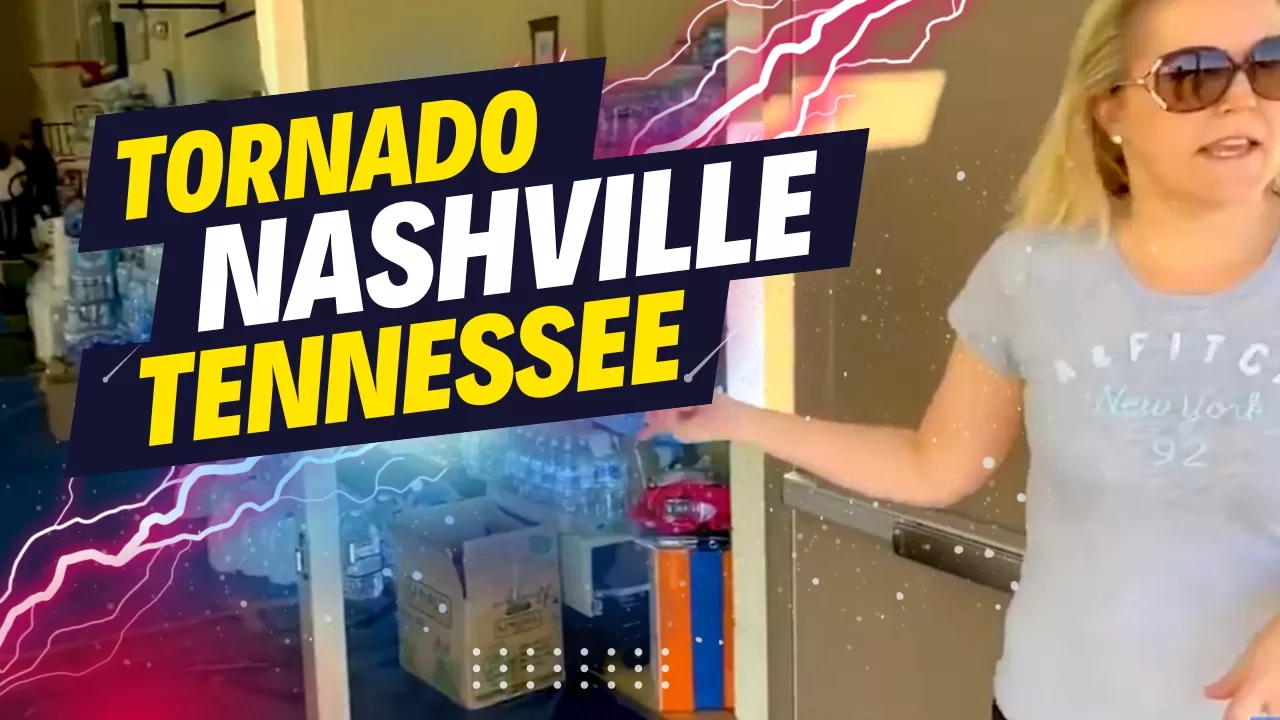Tornado Nashville Tennessee
I’m a local realtor here where we see the aftermath [...]
I’m a local realtor here where we see the aftermath of a tornado in Nashville Tennessee. We’re out here where the tornado hit a couple of days ago. You can see where the buildings and trees have been torn down. There are power lines down all over the place. Most of downtown Nashville has been blocked off to let the electric company in to work on the lines. Even with all this destruction, we’re amazed by how many volunteers are helping. Nashville has been hit hard but remains a fantastic place to live, with many willing to help their neighbors and total strangers in a crisis.


Schedule your consultation. If you’re getting ready to sell, we can advise you on what storm improvements you may want to invest in as a selling bonus. If you want to move into the Nashville area, we can help review the storm features of properties you are considering buying.
[eltd_button size=”medium” type=”solid” text=”Schedule Your Consultation” custom_class=”” icon_pack=”font_awesome” fa_icon=”” link=”https://bmovingforward.com/schedule/” target=”_self” color=”ffcc00″ hover_color=”” background_color=”” hover_background_color=”” border_color=”” hover_border_color=”” font_size=”” font_weight=”” margin=””]
Tornado Nashville Tennessee Real Estate Property Security Features
Designing and implementing safety features for tornado prevention and damage reduction involves a combination of architectural considerations, early warning systems, and community planning. While it’s important to note that tornadoes are natural disasters that can be extremely powerful and unpredictable, here are some strategies to enhance building safety and minimize tornado damage:
- Safe Rooms or Storm Shelters:
- Basements serve as a storm shelter. They are constructed using a block foundation and are usually built and anchored into the ground. When considering your primary residence, it is ideal to purchase a residential property with a basement.
- Construct safe rooms or storm shelters within or adjacent to buildings. These structures are designed to withstand tornado-force winds and flying debris.
- When considering a 55+ community or other sub-division that has not designed homes with basements, ask about the storm shelter accommodations.
- Ensure that safe rooms are easily accessible and marked. Consider their capacity based on the building’s occupancy.
- Reinforced Construction:
- When purchasing residential real estate check what storm force construction is in the home. The inspection report should provide a review of these items.
- Reinforce building structures to withstand high winds. This may involve using reinforced concrete, steel, or other materials resistant to tornado forces.
- Secure the roof to the walls with hurricane straps or other sturdy connectors to prevent roof uplift during strong winds.
- Impact-Resistant Windows:
- Install impact-resistant windows or window shutters to protect against flying debris. Windows are often vulnerable points during tornadoes and can lead to significant damage.
- Strong Doors:
- Use solid and impact-resistant doors, especially for entrances. Consider doors that meet or exceed building code standards for wind resistance.
- Early Warning Systems:
- Integrate early warning systems such as tornado sirens, weather radios, or mobile alerts to provide residents and occupants sufficient time to seek shelter.
- Ensure that these warning systems are regularly tested and well-maintained.
- Community Planning:
- Establish and enforce building codes that consider tornado risk in the region. Encourage or mandate the inclusion of tornado-resistant features in new constructions.
- Develop and communicate emergency evacuation plans and shelter locations within communities.
- Landscaping:
- Plant windbreaks and create natural barriers with trees and other vegetation to help reduce wind speed and prevent debris from reaching buildings.
- Avoid planting trees or structures near buildings that could become projectiles during a tornado.
- Educational Programs:
- Implement educational programs to raise awareness about tornado safety and preparedness. Teach residents and building occupants about the importance of having a tornado emergency plan.
- Insurance and Retrofitting Incentives:
- Encourage insurance providers to offer incentives for tornado-resistant building features. This can motivate property owners to invest in retrofitting existing structures.
- Research and Innovation:
- Invest in research and development to explore new technologies and materials that can further enhance tornado-resistant building design.
It’s essential to work with local authorities, architects, engineers, and emergency management professionals to tailor these strategies to the specific needs and risks of the community. Additionally, staying informed about the latest advancements in tornado research and building technology can contribute to ongoing improvements in safety features.




